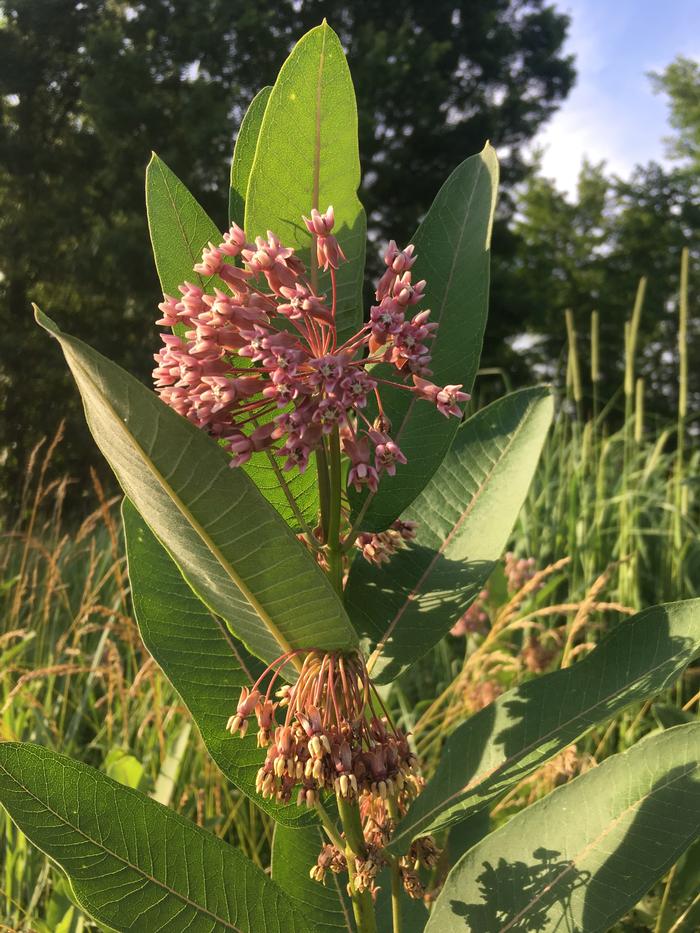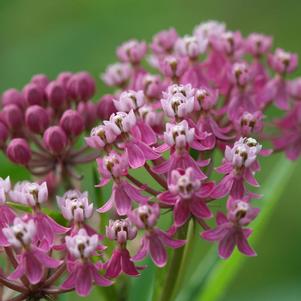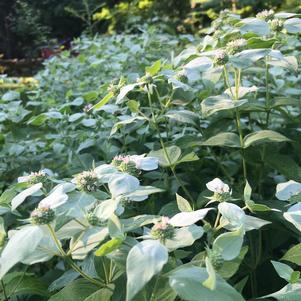« Previous Plant | Next Plant »
Asclepias syriaca
Common Milkweed
Asclepias syriaca, also known as Common Milkweed, is (really) a common milkweed species found growing wild in many meadow habitats. Asclepias syriaca is an incredible plant for wildlife, known to attract up to 400 different species of insects, and is a host plant for the Monarch butterfly. In open habitats, Asclepias syriaca has a rapid rhizomatous root system, and it recommended for areas where it can spread freely. Each flower cluster contains up to 100 flowers, which are a beautiful, soft, dusky pink with a sweet fragrance. Asclepias syriaca grows tall, up to 3-5' with broad leaves, that exhude a milky sap when bruised or broken.
- » Rapid rhizomatous
- » Fragrant flowers
- » Supports up to 400 different species of invertebrates!
- » Host plant of the Monarch butterfly
Plant Characteristics
Additional Information
| Height | 2-4 ft |
| Hardiness Zone | 4-9 |
| Color |
Pink |




Bursting forth from roadsides, meadows, and woodland edges, Asclepias syriaca is a prominent perennial to any passerby. Pale pink flowers bloom by early June, with up to one hundred flowers per umbel, forming a sweet sphere of fragrance. According to the U.S. Forest Service, up to 450 insects are known to rely on this plant as a food or nectar source. The nectar-rich flowers attract a great number of bees, flies, ants, wasps, beetles, and butterflies — sometimes all at the same time. Even hummingbirds will try to collect nectar, although they are unsuccessful. Asclepias syriaca spreads through seeds and rhizomes and tends to be too aggressive for a home garden setting. They are incredible options for meadow restoration, soil stabilization, or pollinator gardens where self-naturalizing plants are encouraged.